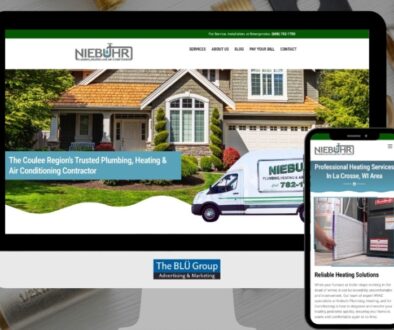How To Avoid Mayhem In Your Marketing
By now you’ve surely seen those clever Allstate Insurance ads featuring a guy called Mayhem, ready to wreak havoc on the unprepared. The commercials have popularized the idea of mayhem, but it’s something I’ve seen for years in the area of marketing.
When marketing is seen as an event rather than a system, mayhem ensues. When organizations abdicate marketing strategy to creatives, mayhem ensues. When business owners try to make marketing harder than it is or easier than it really is, mayhem ensues.
Below are seven sure-fire ways to invite mayhem into your marketing mix.
1. Be all things to no one
Rather than trying to effectively appeal to a narrow slice of a market, many businesses attempt to be all things to all people and, of course, wind up being all things to no one in particular.
This is how commodities are created and we all know commodities are traded on price alone.
2. Think good service is enough
Quick, how many of you reading this right now think that your business provides lousy service? So, I’m guessing no one raised their hand and that everyone believes—I didn’t say it was true—that they provide good service.
The problem with good service is that it’s an expectation, not a difference. The problem with relying on good service is that anyone can claim it.
The key to standing out in a crowd is being different in a way that matters to a narrow segment of the market. End of story. Difference allows you to charge a premium.
3. Sell before you teach
You can sell anything to anyone. In fact, you should, but only after you’ve earned the right to do so, and you do that by giving and teaching first.
Giving can mean giving advice, giving answers or giving an experience. Teaching can mean demonstrating you know your stuff, teaching people there is a difference and showing them how to solve life’s persistent troubles.
The secret to giving and teaching in today’s online world is to commit to creating content that builds trust, educates and closes as a daily marketing task.
4. Cling to the funnel
The notion of the marketing funnel—that is, getting in front of lots of people and squeezing a few through the skinny part of the funnel—is a broken way to think about marketing these days.
The problem with the marketing funnel is that you have to keep filling it up just to get new business. It’s time to think about a new shape: the marketing hourglass. The hourglass takes into consideration the fact that a happy customer is your best source of new leads. By spending as much time on lead conversion and in creating a remarkable customer experience as you do on lead generation, you replace the struggle to fill from the top.
5. Think the Web is flat
There was a day when you got online and built a destination (your website). That day evolved into a web that included outposts and flat roads that pointed back to your main hub.
Today the interconnectedness of social networks, social marketplaces, mobile behavior and customer-published content has created the need to view the Web in a very circular way. A way that makes room for offline integration, as well as entire market places housed outside of your primary hub. Facebook, for example, has become both a gateway and a self-contained market and must be addressed as both.
6. Think the sale is ever really over
Many business folks, and certainly many sales folks, view the selling job as complete once the customer says yes or signs the deal.
The problem with this way of thinking is that it’s transactional, when business these days is about relational. Relationships are built by delivering an exceptional experience before, during and after the sale.
In fact, that sale isn’t over until the customer realizes the value promised.
7. Travel without a map
One of the problems with the concept of marketing is that there’s always going to be more to do than can be done. So, the trick is to create a plan and then map that plan on a calendar based on the highest payoff priorities.
Without a long term action plan, perhaps annual at least, businesses fall prey to the idea of the week and fail to build any momentum that drives them towards their ultimate business-building goals.
Traveling in this manner is much like heading out with no destination and no map. It’s not hard to see how you will inevitably drive in circles in that scenario, is it?
John Jantsch Founder, Duct Tape Marketing



